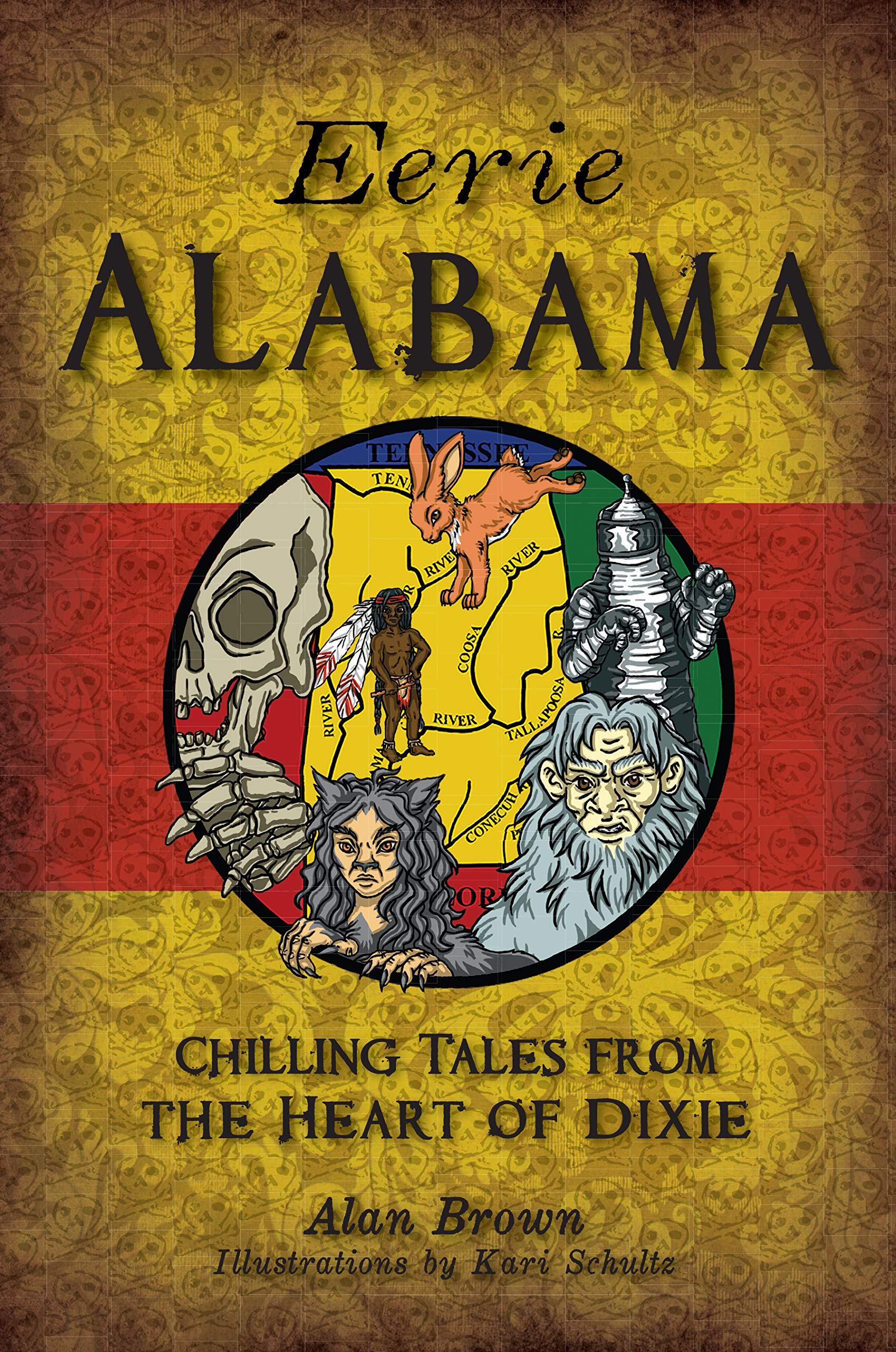When the Scotch-Irish immigrated to the American south in the early 19th century, they brought along with them stories of ghosts and witches from their homeland. One of these legends that Scottish grandparents told their grandchildren late at night in front of the flickering warmth of the fireplace is the tale of Black Annis, a blue-skinned woman from the Scottish Highlands who ate people. Once the story was transported to the United States, it became the tale of a woman who had the unfortunate reputation of being a witch. Shunned by all her neighbors, the woman died dejected and alone. Supposedly, her ghost haunts the cemetery in which she was buried. She is a vengeful spirit with red eyes glowing from the sockets of a skeletal face. She eats people who are brave—or foolish—enough to venture into the graveyard at night. One of the cemeteries in East Tennessee that she is reputed to haunt is the Old Gray Cemetery near Knoxville.
Named in honor of the British poet Thomas Gray, Old Gray Cemetery was incorporated in 1850, but the cemetery was not dedicated until June 1, 1852. The site now encompasses 13.47 acres and is bounded by Broadway, Tyson and Cooper Streets. To date, approximately 5,700 burials have been made in the cemetery since it was founded. The elaborately shaped and carved monuments clearly mark this as a Victorian cemetery.
Teenagers in the area seem to believe that Black Aggie hides among the tombstones and monuments in the Old Gray Cemetery. In the early 1990s, two young men drove out to the Old Gray Cemetery in the hope of taking a picture of a ghost with their Polaroid camera. After walking around the tombstones for a few minutes, the boys grew tired of ghost hunting and climbed back into the car. While the boys were drinking beer, they began hurling epithets at the ghosts. The boys had drunk several cans of beer when one of them left the car to urinate. He was relieving himself by a memorial statue when he noticed a black, gelatinous substance oozing from one of the crack. Gradually, the substance formed the amorphous image of a human being. When the thing began moving toward the boy, he ran away as fast as he could without tripping over the tombstones. When he made it to the car, he threw open the door yelled at his friend, “Go! Go!” As the car was backing out of the cemetery, one of the boys managed to take a photograph of the entity. No one besides the two boys has ever seen the picture.
Granted, most of the stories told about Black Aggie have probably been fabricated by teenage boys as a means of scaring their buddies or their girlfriends. Indeed, in his book Haints, Witches, and Boogers, Charles Edwin Pierce recounts the attempt of a young man to frighten his girlfriend by jumping out from behind a tombstone dressed in cheesecloth and a fright mask. Ironically, the young prankster is himself scared by a friend of his girlfriend who also dresses up like Black Aggie. Stories like these just go to show that there is probably more fantasy than fact in the fantastic stories passed down about Black Aggie.



Recent Comments